Focus on Nutritional Efficiency
Nutritional efficiency is becoming a focal point in livestock production, as producers seek to maximize output while minimizing costs. The Ruminant Feed Premix Market is adapting to this need by offering formulations that enhance feed conversion ratios. By improving the nutritional profile of feed, these premixes help ruminants achieve better growth rates and overall health. Data indicates that feed costs represent a significant portion of livestock production expenses, making efficient feed formulations essential. As producers increasingly prioritize cost-effective solutions, the demand for innovative feed premixes that deliver superior nutritional value is likely to rise.
Growing Awareness of Animal Health
There is a growing awareness of the importance of animal health and welfare among consumers and producers alike. This trend is influencing the Ruminant Feed Premix Market, as stakeholders increasingly seek feed solutions that promote health and prevent disease. The demand for feed premixes that contain probiotics, vitamins, and minerals is on the rise, as these components are known to enhance immune function and overall well-being in ruminants. Market data indicates that health-focused feed products are gaining traction, reflecting a shift towards more holistic approaches in livestock management. This heightened focus on animal health is likely to drive innovation and growth within the industry.
Increasing Demand for Animal Protein
The rising global population and changing dietary preferences are driving an increased demand for animal protein. This trend is particularly evident in developing regions where meat consumption is on the rise. As a result, the Ruminant Feed Premix Market is experiencing heightened demand for high-quality feed premixes that enhance livestock productivity. According to recent data, the livestock sector is projected to grow significantly, with ruminants playing a crucial role in meeting protein needs. This growth necessitates the use of specialized feed premixes that ensure optimal health and growth rates in animals, thereby supporting the overall expansion of the industry.
Regulatory Support for Quality Standards
Regulatory frameworks are evolving to support higher quality standards in animal feed production. Governments are implementing stricter regulations regarding feed safety and nutritional content, which directly impacts the Ruminant Feed Premix Market. Compliance with these regulations often necessitates the use of specialized premixes that meet established safety and quality benchmarks. This regulatory environment not only ensures consumer safety but also encourages manufacturers to innovate and improve their product offerings. As a result, the industry is likely to see a shift towards more premium feed premixes that align with regulatory expectations, thereby enhancing market growth.
Technological Innovations in Feed Production
Technological advancements are revolutionizing the feed production landscape, leading to the development of more effective ruminant feed premixes. Innovations such as precision nutrition and advanced formulation techniques are enabling manufacturers to create tailored feed solutions that meet specific nutritional requirements. The Ruminant Feed Premix Market is benefiting from these advancements, as they allow for improved digestibility and nutrient absorption in ruminants. Furthermore, the integration of data analytics in feed formulation is enhancing the ability to monitor and optimize livestock health. This trend suggests a promising future for the industry, as technology continues to drive efficiency and effectiveness in feed production.


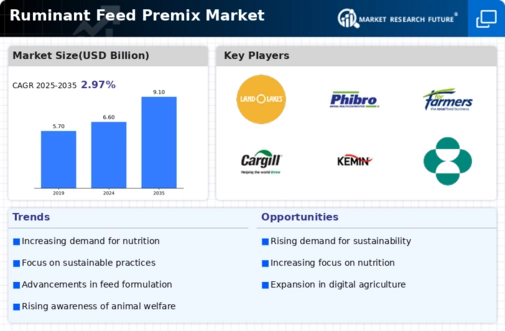

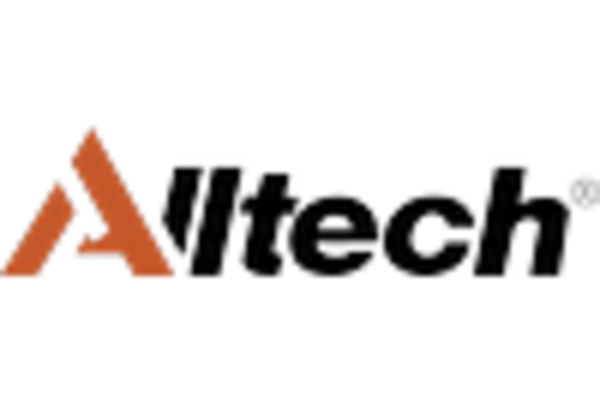
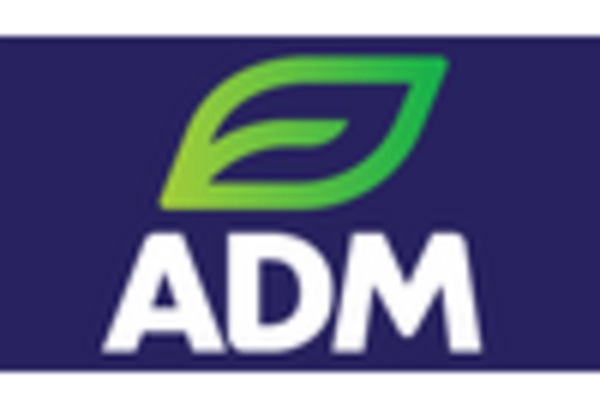
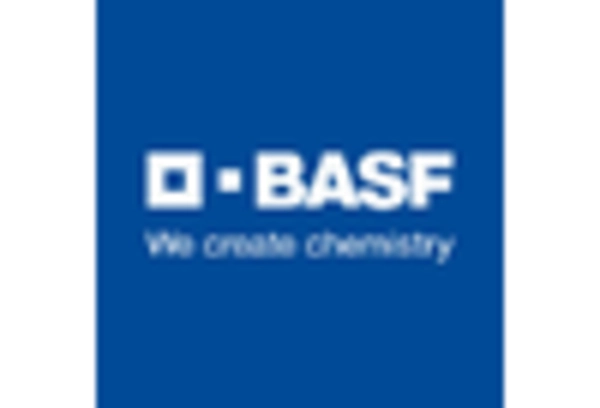
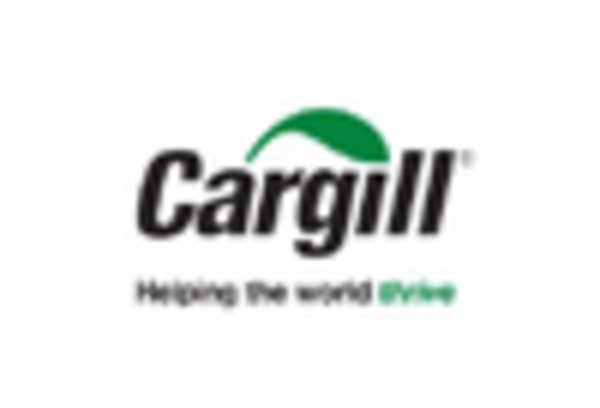










Leave a Comment